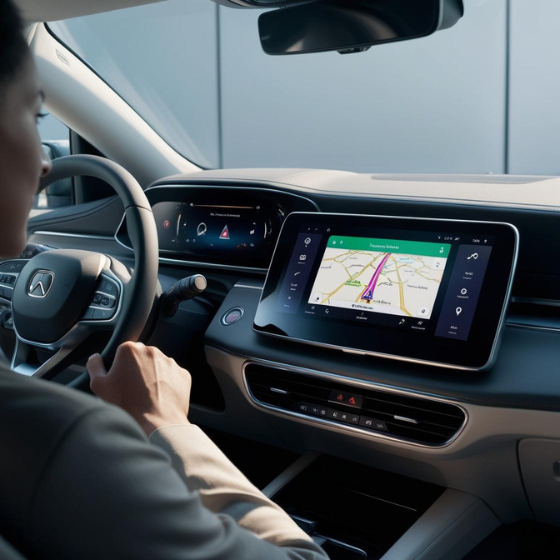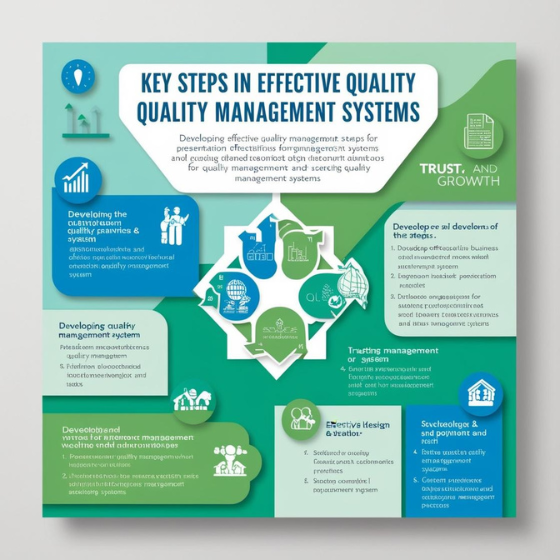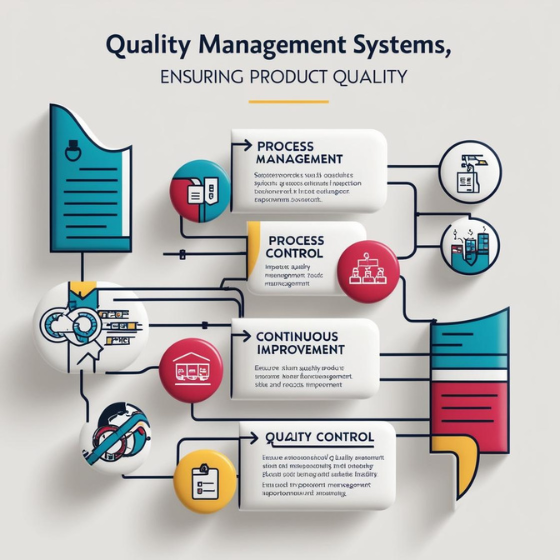In-Vehicle Infotainment: Enhancing the Driving Experience
In-vehicle infotainment (IVI) systems are transforming how we experience travel. These systems, which combine entertainment, navigation, communication, and connectivity, are becoming essential in modern vehicles. From providing music streaming and hands-free calls to offering real-time traffic updates and driver assistance features, IVI systems aim to enhance the overall driving experience for both drivers and passengers. In this blog, we will explore the key components of IVI systems, their benefits, and the future of in-vehicle infotainment.
What Is In-Vehicle Infotainment (IVI)?
In-vehicle infotainment (IVI) systems are integrated platforms designed to provide a wide array of entertainment, information, and connectivity features within a vehicle. These systems typically include:
- Entertainment: Music, movies, games, and other media.
- Navigation: GPS systems with real-time traffic updates and route planning.
- Connectivity: Bluetooth, Wi-Fi, and smartphone integration for seamless communication.
- Driver Assistance: Safety features like voice recognition, hands-free calling, and lane-keeping assist.
Modern IVI systems have evolved to become more intuitive, interactive, and integrated with the driver’s lifestyle, providing a safer and more enjoyable driving experience.
Key Features of In-Vehicle Infotainment Systems
1. Touchscreen Displays
Touchscreen interfaces have become the standard for IVI systems, replacing physical buttons with sleek, intuitive controls. These large, high-resolution displays offer easy access to navigation, entertainment, and communication features, enhancing both user experience and aesthetics. As a result, the overall interface is simplified, making it easier for users to navigate through options without distraction.
2. Voice Recognition and Natural Language Processing
Voice control is a significant advancement in IVI systems, allowing drivers to stay focused on the road while managing calls, adjusting the radio, or setting navigation routes. Furthermore, voice recognition uses natural language processing (NLP) to understand and process commands in a more conversational manner, making it easier for users to interact with the system.
3. Smartphone Integration
Smartphone connectivity has become a vital component of IVI systems, allowing seamless integration of apps and services. Popular platforms like Apple CarPlay and Android Auto let drivers mirror their smartphone interfaces on the car’s infotainment screen. This integration, therefore, enables drivers to use apps like navigation, music streaming, messaging, and voice assistants while minimizing distractions.
4. Advanced Navigation Features
Incorporating real-time traffic data, route optimization, and turn-by-turn navigation, IVI systems help drivers avoid delays and reach their destination faster. Moreover, features like Augmented Reality (AR) navigation, which overlays directional arrows onto live video feeds of the road, are becoming increasingly popular in high-end vehicles. By offering such innovative solutions, these systems provide drivers with real-time, accurate information for safer navigation.
5. Entertainment Options
IVI systems offer a variety of entertainment options to keep both drivers and passengers entertained on the road. These may include:
- Music streaming (e.g., Spotify, Apple Music)
- Video streaming for passengers (e.g., Netflix, YouTube)
- Games and interactive apps for entertainment during long journeys.
By allowing users to seamlessly access their favorite content, IVI systems significantly enhance the overall driving experience, ensuring that even long trips remain enjoyable.
6. Connectivity with IoT Devices
IVI systems are becoming hubs for integrating connected devices within the car. For example, vehicles equipped with Internet of Things (IoT) technologies can connect to smart home systems, allowing drivers to control home appliances remotely, such as adjusting the thermostat or turning off lights while on the road. In this way, IVI systems not only enhance the driving experience but also provide a seamless connection between a vehicle and the broader smart ecosystem.
Benefits of In-Vehicle Infotainment Systems
1. Improved Driver Safety
IVI systems reduce distractions by enabling hands-free interaction with the vehicle’s features. Voice control, intuitive interfaces, and navigation assistance make it easier for drivers to stay focused on the road, lowering the likelihood of accidents. Moreover, safety features like collision detection, lane-keeping assist, and driver fatigue monitoring integrate seamlessly with IVI systems to enhance driver safety.
2. Enhanced Passenger Experience
For passengers, IVI systems offer entertainment, comfort, and convenience during long trips. In-car Wi-Fi, video streaming, and even games can make journeys more enjoyable. Additionally, smartphone charging stations and connectivity features provide added convenience, ensuring a pleasant travel experience for everyone in the vehicle.
3. Efficient Navigation and Route Planning
With real-time traffic updates and AI-powered route optimization, IVI systems help drivers avoid congested roads and find the quickest route to their destination. These systems continuously update based on traffic, road conditions, and accidents, providing a dynamic and efficient driving experience. Therefore, drivers are less likely to experience delays or frustration during their journeys.
4. Personalized Features
Modern IVI systems allow for a highly personalized experience. Drivers can create custom profiles, adjusting seating, climate, and media preferences to their liking. Additionally, some systems offer personalized content recommendations based on the driver’s habits and preferences, such as music playlists or news updates. As a result, each trip feels more tailored to individual needs.
5. Better Connectivity and Communication
In-vehicle infotainment systems also enhance communication by providing hands-free calling and messaging capabilities. Integrated with smartphones, drivers can stay connected without needing to take their eyes off the road. Furthermore, features like Siri and Google Assistant allow for easy access to essential information, such as weather updates or scheduling appointments.
The Future of In-Vehicle Infotainment Systems
As technology continues to evolve, the future of IVI systems will be defined by several key trends:
1. AI and Machine Learning Integration
Artificial intelligence will play a significant role in the evolution of IVI systems. AI-driven systems will become better at understanding drivers’ preferences and habits, offering even more personalized experiences. For example, machine learning can enhance predictive navigation, anticipating traffic patterns and adjusting routes dynamically.
2. 5G Connectivity
With the roll-out of 5G networks, IVI systems will benefit from faster and more reliable data connections. This will enable smoother streaming, real-time traffic updates, and quicker responses from cloud-based services. As a result, IVI systems will become even more responsive and efficient in real-time operations.
3. Augmented Reality (AR) Displays
Augmented Reality will further enhance navigation systems by overlaying information directly onto the windshield or infotainment screen, making it easier for drivers to follow directions and spot potential hazards. Additionally, AR can improve safety by highlighting critical information, such as pedestrian crossings or upcoming turns.
4. Autonomous Vehicle Integration
As autonomous vehicles become more mainstream, IVI systems will evolve into highly advanced entertainment and productivity hubs. With the driver no longer having to focus on the road, the IVI system could be the primary interface for work, relaxation, and entertainment. In the future, passengers might even use the time to engage in more complex tasks, such as virtual meetings or gaming.
How Sodio Can Help
At Sodio, we specialize in developing cutting-edge technology solutions, including in-vehicle infotainment systems. Whether you’re looking to design a custom IVI system, integrate AI features, or enhance connectivity, our expert team is here to help.
Our Services Include:
- Custom Software Development: Tailored IVI solutions to meet your specific needs.
- AI and Machine Learning: Implement intelligent, predictive features into your IVI system.
- IoT Integration: Connect your vehicle to other smart devices for seamless control and automation.
Learn how we can transform your vehicle’s infotainment experience by visiting our services page.
Conclusion
In-vehicle infotainment systems are rapidly changing the way we interact with our vehicles, offering convenience, safety, and entertainment at the touch of a button. As technology continues to evolve, the integration of AI, 5G, and autonomous driving systems will further enhance the driving experience.
Are you ready to enhance your vehicle’s infotainment capabilities? Contact Sodio today to explore how we can help you innovate in this exciting space.







